Aging Population and Myoelectric Prosthetic Market
The aging population is a critical factor influencing the Myoelectric Prosthetic Market, as the demand for prosthetic devices is expected to rise with an increase in age-related disabilities. As individuals age, the likelihood of conditions such as diabetes, vascular diseases, and mobility impairments increases, leading to a greater need for prosthetic solutions. Projections indicate that by 2030, the number of individuals aged 65 and older will surpass 1 billion, creating a substantial market opportunity for myoelectric prosthetics. This demographic shift is likely to drive innovation and investment in the industry, as manufacturers strive to develop products that cater specifically to the needs of older adults, potentially resulting in a market growth rate of 6% annually.
Government Initiatives and Myoelectric Prosthetic Market
Government initiatives play a significant role in shaping the Myoelectric Prosthetic Market, as various programs aim to improve healthcare access and support for individuals with disabilities. Policies that promote research funding, subsidies for prosthetic devices, and enhanced healthcare coverage are crucial in driving market growth. For instance, several countries have implemented reimbursement policies that cover the costs of myoelectric prosthetics, making them more affordable for users. Additionally, government-sponsored research initiatives are fostering innovation within the industry, encouraging the development of advanced technologies. As these initiatives continue to evolve, they are likely to create a more favorable environment for the myoelectric prosthetic market, potentially leading to a growth rate of 5% over the next few years.
Technological Advancements in Myoelectric Prosthetic Market
The Myoelectric Prosthetic Market is experiencing rapid technological advancements that enhance the functionality and usability of prosthetic devices. Innovations such as improved sensors, artificial intelligence, and machine learning algorithms are being integrated into myoelectric prosthetics, allowing for more intuitive control and better user experience. For instance, the introduction of advanced signal processing techniques has led to more accurate interpretation of muscle signals, enabling smoother and more natural movements. According to recent data, the market for myoelectric prosthetics is projected to grow at a compound annual growth rate of approximately 8% over the next five years, driven by these technological improvements. As manufacturers continue to invest in research and development, the capabilities of myoelectric prosthetics are likely to expand, further driving market growth.
Customization and Personalization in Myoelectric Prosthetic Market
Customization and personalization are becoming increasingly vital in the Myoelectric Prosthetic Market, as users seek devices that cater to their specific needs and preferences. The ability to tailor prosthetics to individual anatomical and functional requirements enhances user satisfaction and improves overall quality of life. Recent studies indicate that personalized myoelectric prosthetics can lead to better user acceptance and increased functionality, which is crucial for rehabilitation. The market is witnessing a shift towards modular designs that allow for easy adjustments and upgrades, reflecting the growing demand for bespoke solutions. This trend is expected to contribute to a market growth rate of around 7% annually, as more companies adopt customization strategies to meet diverse consumer needs.
Increased Awareness and Accessibility in Myoelectric Prosthetic Market
Increased awareness and accessibility are pivotal drivers in the Myoelectric Prosthetic Market, as more individuals become informed about the options available to them. Educational initiatives and outreach programs are helping to demystify myoelectric prosthetics, making them more approachable for potential users. Furthermore, advancements in manufacturing processes have led to reduced costs, making these devices more accessible to a broader audience. Data suggests that the number of individuals utilizing myoelectric prosthetics has risen significantly, with estimates indicating a 15% increase in adoption rates over the past two years. This heightened awareness, coupled with improved affordability, is likely to propel the market forward, as more people seek out these innovative solutions.


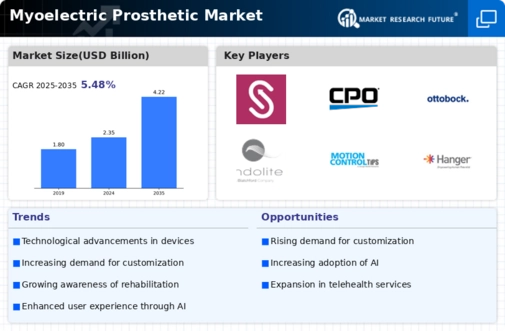
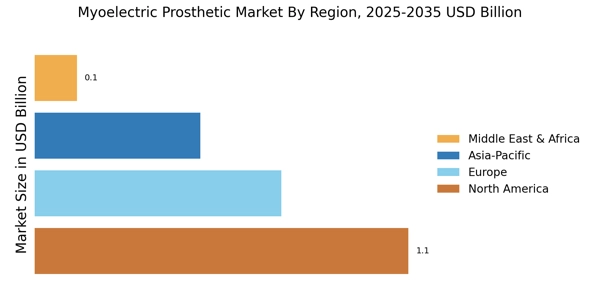

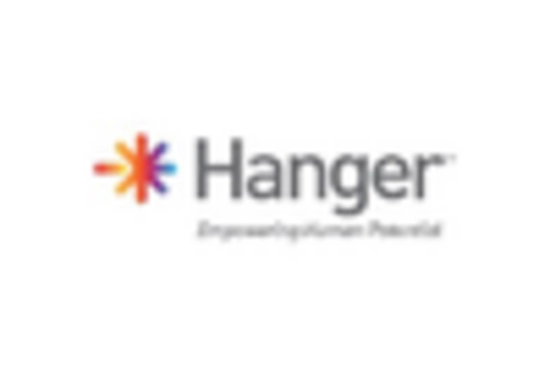
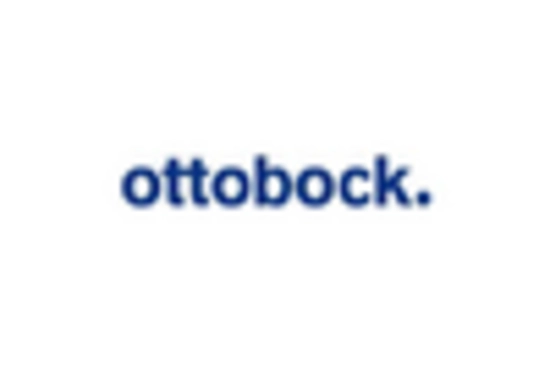
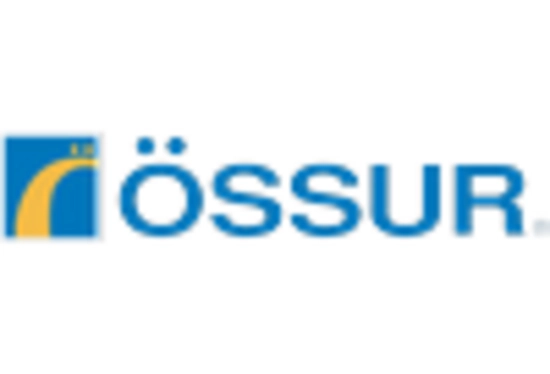
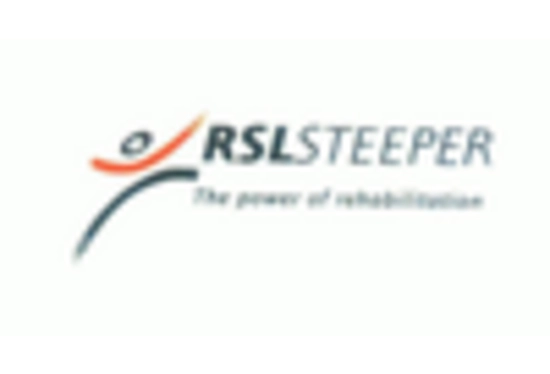
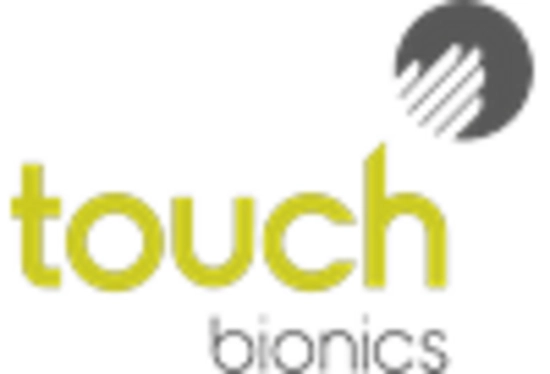








Leave a Comment